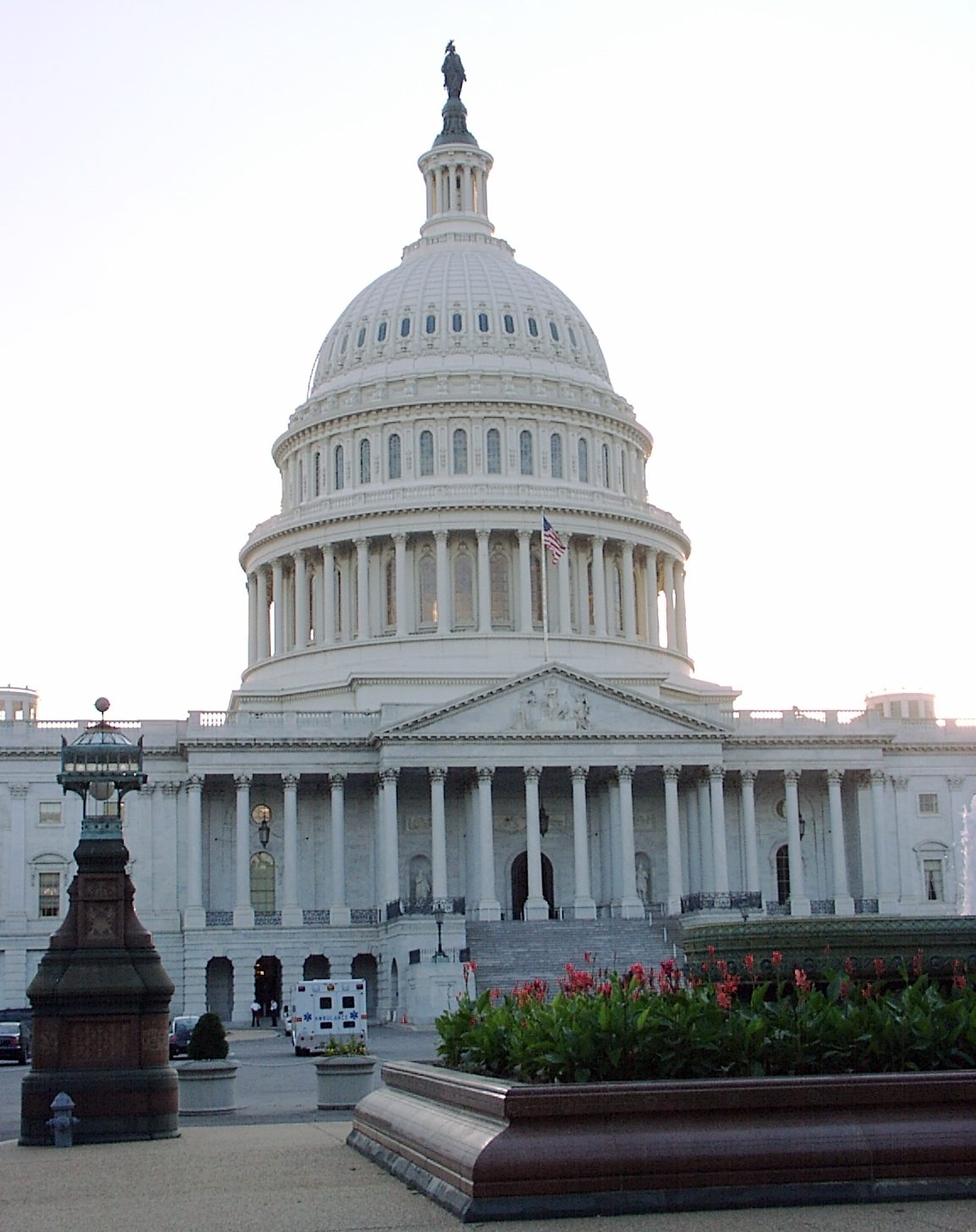Dronelife
1M
378

Image Credit: Dronelife
Proposed Drone Integration and Zoning Act (S.1249): Still a Bad Idea
- The Drone Integration and Zoning Act (S.1249) is causing concern in the commercial drone industry as it would grant states, localities, and tribal governments regulatory authority up to 200 feet above ground level.
- S.1249 proposes significant changes, including allowing entities to regulate drone operations below 200 feet, prohibiting drone operations without landowner permission, and setting restrictions near tall structures.
- The bill limits FAA authority below 200 feet, mandates the creation of complex airspace designations and zoning processes, and requires data-sharing with UAS Traffic Management services.
- Concerns arise due to potential operational inefficiencies, legal risks, and the fragmentation of regulations hindering interstate drone operations, especially for Beyond Visual Line of Sight (BVLOS) operations.
- S.1249's property rights focus may increase compliance costs, compromise safety, and complicate long-range drone operations, creating a patchwork of rules that could impede drone service providers.
- Unresolved conflicts include the clash between the 200-foot threshold and FAA's 400-feet operational ceiling, potential clashes with free speech rights, and the risk of conflicting rules at state and local levels.
- Industry stakeholders advocate for federal preemption below 400 feet to support safe drone integration and streamline regulatory processes, aligning with the FAA's UAS traffic management framework.
- The future of U.S. drone operations and the integration of drones into the national airspace could be significantly impacted by the ongoing debate surrounding S.1249.
- The bill's approach poses challenges for the development and scalability of drone services, potentially hindering the industry's progress towards routine BVLOS operations and large-scale applications.
Read Full Article
22 Likes
For uninterrupted reading, download the app